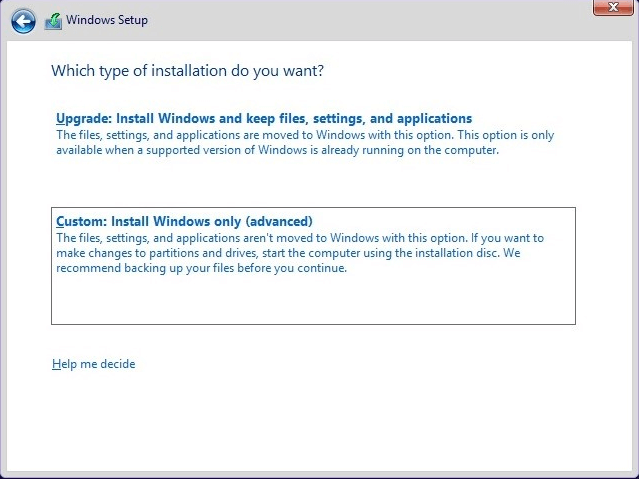

Your laptop should detect your new SSD as an external hard drive.Ĭloning is not as simple as dragging and dropping files. Connect your new SSD to the SATA/USB adapter, then plug the adapter into a USB port on your laptop. However, to clone your current drive, you’ll need a SATA-to-USB adapter. In this case, you install the cloned drive in your laptop and boot as normal. It’s quick but requires more technical knowledge and will only work if the new drive has equal or greater capacity than the old one. The second option is to clone your drive and copy all data from your existing drive to the new one, OS included. That said, once you install the new drive, you’ll need to reinstall the OS and then restore your backed-up files. These methods are simple solutions, but they can be time-consuming. There are two ways to handle the data on your existing hard drive.įirst, you can back up important files and start over with a new operating system install, but ensure you have an install disc or an external hard drive. You may need to call the retailer or look up the specifications on the manufacturer’s website. Be prepared to hunt for these slimmer drives because retailers do a poor job of advertising these products. In those cases, you’ll need an SSD that’s 7mm thick or less. Some Ultrabooks have extremely thin drive bays that won’t fit a standard 2.5-inch drive.


Given that this is an upgrade guide, that’s presumably not what you have, so a 2.5-inch drive is what you’ll need in most cases. Smaller 1.8-inch drives are found in some new laptops that offer an SSD as standard equipment, but they can be modified to fit 2.5-inch bays if desired. Of the pair, the 2.5-inch drive is by far the most common. There are two standard formats for laptop SSDs: 2.5-inch and 1.8-inch. Just be sure you buy an SSD that actually fits in your laptop. Instead, you can find more information about purchasing an SSD in our buying guide and our comparison between SSDs and traditional hard disks. Since this is not a buying guide, we won’t recommend specific SSDs here. JIPEN/Shutterstock How to pick the right SSD If you have both items ready to roll, you can get started. You can upgrade most laptops on a kitchen table using just a screwdriver. That makes a PC feel much faster.īetter still, an SSD isn’t difficult to install. Instead, it improves the speed at which software loads and the speed at which software juggles data. It doesn’t change how quickly software runs - that’s all on the CPU. Typically, the only components you can manually upgrade are RAM and storage.Ī good way to improve your laptop’s performance is to swap out its mechanical hard disk drive (HDD) for a solid-state drive (SSD). If one component fails, you can’t simply swap it out - you’ll need to replace the whole trio, which can be timely and expensive. In many cases, the processor, motherboard, and video card are installed as a one-package setup. Laptops are difficult to upgrade in a meaningful way.


 0 kommentar(er)
0 kommentar(er)
